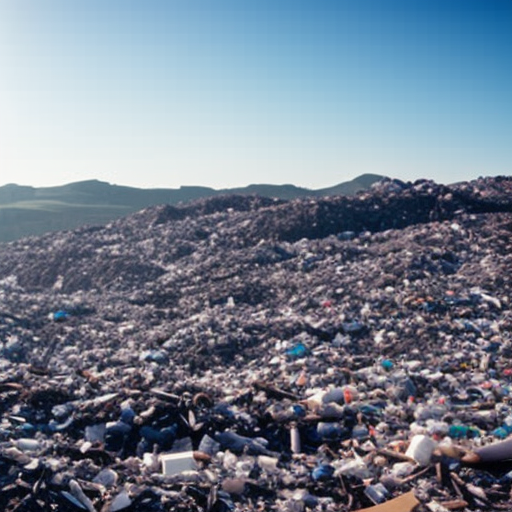Summary: Waste management is the process of collecting, treating, and disposing of waste materials in an environmentally friendly and efficient manner. It involves various strategies such as recycling, composting, landfilling, and waste-to-energy conversion. Effective waste management is crucial for maintaining a clean and healthy environment, conserving resources, and reducing pollution.
Introduction to Waste Management
Waste management is a critical aspect of modern society as the global population continues to grow, leading to an increase in waste generation. The goal of waste management is to minimize the environmental impact of waste and promote sustainable practices.
Waste Collection
The first step in waste management is the collection of waste materials. This involves the systematic gathering of waste from residential, commercial, and industrial areas. Waste collection methods vary depending on the type of waste and the infrastructure available in a particular region. Common collection methods include curbside pickup, drop-off centers, and specialized collection services for hazardous waste.
Waste Segregation
After collection, waste materials are typically sorted and segregated. This process involves separating different types of waste, such as recyclables, organic waste, and non-recyclable waste. Segregation allows for more efficient processing and disposal of waste, as different materials require different treatment methods.
Recycling
Recycling is a key component of waste management. It involves the conversion of waste materials into new products, reducing the need for raw materials and energy consumption. Common recyclable materials include paper, plastic, glass, and metal. Recycling not only conserves resources but also helps reduce pollution and greenhouse gas emissions associated with the production of new materials.
Composting
Composting is the process of decomposing organic waste, such as food scraps and yard trimmings, into nutrient-rich soil. This process is carried out in controlled environments, allowing microorganisms to break down the waste materials. Composting not only reduces the amount of waste sent to landfills but also produces a valuable product that can be used in gardening and agriculture.
Landfilling
Landfilling is the most common method of waste disposal. It involves burying waste in designated areas called landfills. Landfills are carefully engineered to prevent environmental contamination and minimize the release of harmful gases. However, landfills can have negative impacts on the environment, such as the production of methane, a potent greenhouse gas. Therefore, efforts are being made to reduce the amount of waste sent to landfills and promote alternative waste management methods.
Waste-to-Energy Conversion
Waste-to-energy conversion is a process that involves the generation of energy from waste materials. This can be done through various methods, such as incineration and anaerobic digestion. Incineration involves burning waste to produce heat, which is then used to generate electricity. Anaerobic digestion, on the other hand, uses microorganisms to break down organic waste and produce biogas, which can be used as a renewable energy source.
Challenges and Future Trends
Waste management faces several challenges, including inadequate infrastructure, lack of public awareness, and the increasing complexity of waste streams. However, there are also promising trends in waste management, such as the adoption of advanced technologies for waste sorting and treatment, the promotion of circular economy principles, and the development of sustainable waste management practices.
Conclusion: Waste management is a crucial process for maintaining a clean and healthy environment. It involves various strategies such as waste collection, segregation, recycling, composting, landfilling, and waste-to-energy conversion. Effective waste management practices can help conserve resources, reduce pollution, and promote sustainability.












